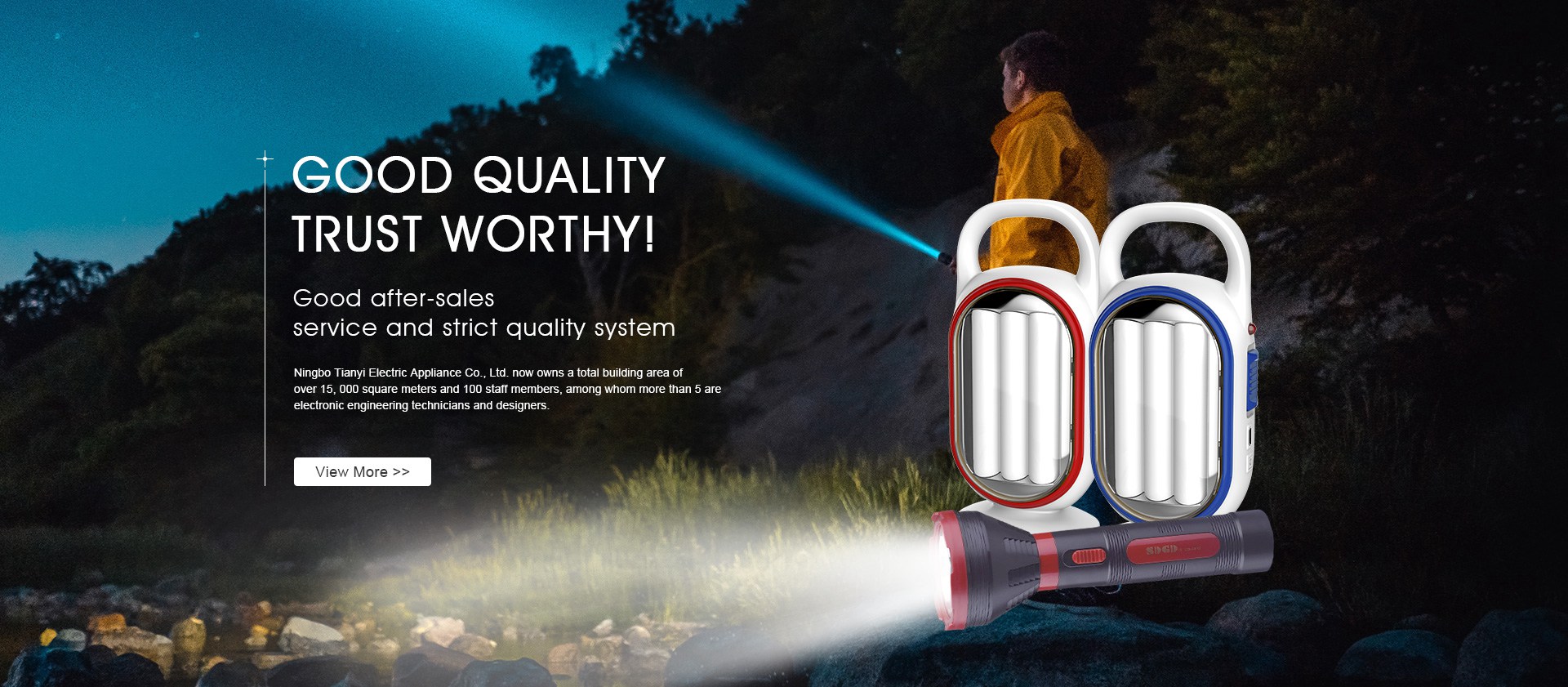

The growth of plants is inseparable from sunlight, whic […]

The growth of plants is inseparable from sunlight, which guarantees the photosynthesis of plants, and photosynthesis provides energy for plant growth. When long-term sunlight is insufficient, people will artificially supplement light for plants. The tool that can add light to plants is the plant supplement light. The plant supplement light is a lamp that uses a light source to replace the sun based on the principle that plants use sunlight to perform the coordination effect. People have also experienced twists and turns in the journey of choosing supplementary lights, from incandescent lamps to HID supplementary lights, fluorescent lamps, and now the most widely used LED plant supplementary lights. Compared with other lamps, LED plant supplement light has more advantages, such as low heat generation, low power consumption, full spectrum and red and blue spectrum.
LED plant supplement light is more popular now, so someone will ask if LED lighting, also used as LED lamp, can supplement light to plants?
No, LED lighting can not replace LED plant light to supplement light for plants. Different plants have different requirements for light, and even the same plant has different requirements for light at different growth stages. The growth of plants has requirements for the intensity of light, the time of light, or different wavelengths. Plants need red light if they want to bloom and bear fruit, and blue light if they want to grow stems and leaves. In addition, ultraviolet light can inhibit the growth of plants and make plants stunter, which is also important for plant growth. Therefore, the LED plant supplement light has the red and blue spectrum and the full spectrum, and the red and blue lights are utilized by plants to the maximum extent. The full spectrum lamp has ultraviolet and far infrared spectra, which is beneficial to improve the sugar content of plants and enhance the taste.
LED lights also have red and blue lights, but some people will ask the same red and blue LED lights, why the red and blue LED lights have no effect on plants, while the red and blue LED plant lights have effects?
I believe that those who have done some research on plant supplementary lights know that the photosynthesis of plants absorbs the most red and blue light. The wavelength of red light is between 620nm-780nm and the wavelength of blue light is between 450-480nm. But we have to understand that it is not only the red and blue light in the wavelength range that has an effect on the growth of plants. For example, red light with a wavelength of about 620nm has minimal effect on plants, while red light with a wavelength of about 660nm has an effect on plants. Plants bring the greatest effect, as does blue light. Blue light with a wavelength range of 450-470nm has the greatest effect on plant growth. Therefore, if it is also a red and blue LED lamp, the red light wavelength of the LED lighting lamp is about 620nm, which has no effect on supplementing light to the plants, while the red light wavelength of the LED supplement light is about 660nm, and the wavelength of blue light is about 450- Between 470nm, the effect of supplementing light to plants is very obvious.